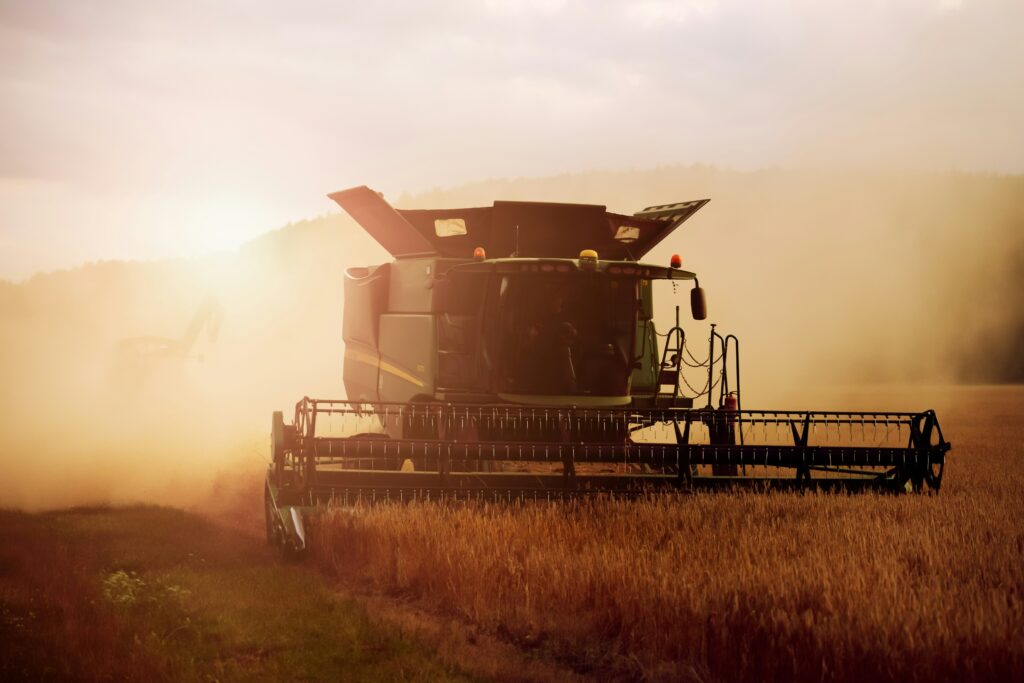Working on a farm can be notoriously hard work. To make that work possible, farmers need to have access to the appropriate forms of clothing, come rain or shine, to ensure that they can stay safe and protected from the elements.
What makes farm waterproofs stand apart from your more ‘standard’ options is their durability. Let’s take a quick look at how they’re made to withstand year upon year of abrasive use, from the choice of materials to additional protections against sun damage.
Strong materials
While most waterproof clothing geared towards personal usage is made from relatively thin, lightweight fabric, this isn’t the case with all farming waterproofs. For workers who don’t have to constantly be on the move and active, jackets and trousers are often made from PVC instead of a thinner fabric like Goretex or Pertec.
Clothing made from PVC is often a lot less breathable and less comfortable to wear, but it does withstand scrapes and pokes from farming equipment and bushes far more consistently. As a result, it tends to be the go-to option for a lot of farmers.
Toughened high-wear areas
While farming and other physically intensive commercial activities involve more wear than ‘normal’ usages, that wear often occurs on certain areas of the body more than others. As a result, a lot of farming waterproofs from established suppliers will have toughened areas with double or even triple-thickness fabric, such as on the knees, hips and elbows. This means that these areas are far less likely to wear out before the rest of the jacket, resulting in a longer lifespan for the garment.
Reinforced seams
Even with extra durable fabrics, the areas where different panels of fabric are joined together often represent significant weak spots. To help prevent these areas from wearing through before the rest of the jacket, lots of farming waterproof manufacturers reinforce the seams. This can be done through double stitching, seam tape, or even heat sealing where the two pieces of fabric are essentially melted together.
UV protection
With a lot of fabrics, what will ultimately wear them out is exposure to UV rays from the sun. While this is obviously less of an issue with waterproof fabrics, given that you likely won’t normally be wearing them on balmy days, it is still an issue that waterproof workwear manufacturers have aimed to tackle.
By using specially designed fabrics and protective coatings, they’re able to produce garments that retain their waterproofness for longer, resulting in a more durable and reliable piece of kit.
It’s important that you choose waterproof clothing that’s suitably durable for its intended usage. For example, if you need to be running around and lifting lots of heavy items, then you may have to prioritise a lighter, more breathable fabric over a thicker, more durable one, and just accept that you’ll have to replace it more frequently. By looking for garments from specialist farm-wear suppliers, you can ensure that what you’re buying is designed for the job at hand, and that it’ll last you for as long as reasonably possible.











